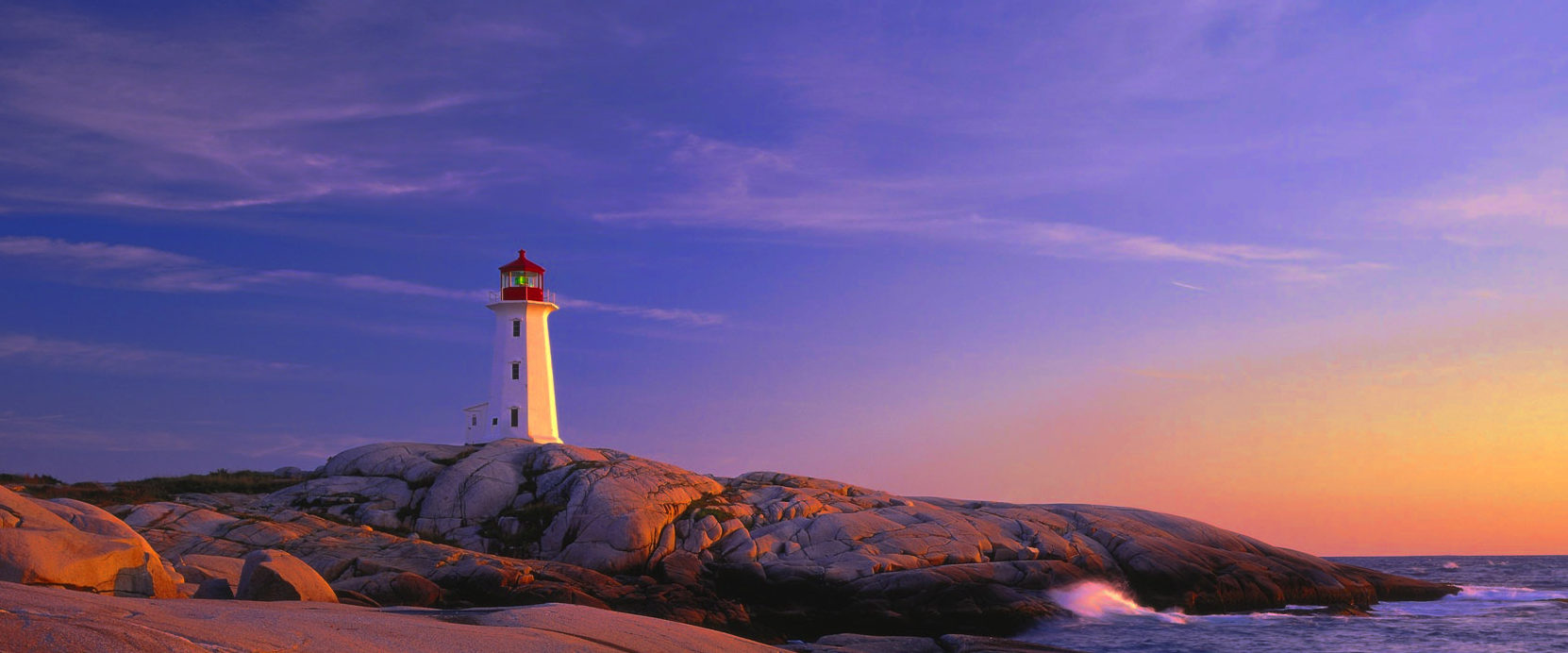The cost of heating a home during the cold winter months is an expense that faces every Canadian homeowner. Whether you use wood, oil, gas or electric as a heating source, the price is on the rise. Given the climate of our region along with its northern latitude, we are faced with having to heat our homes for at least two thirds of the year. More, if you count some of our cool summer nights.
The trick is to use the heat you generate as wisely as possible. This includes efficiency of the heating source, proper insulation of the home, big woolly sweaters and sitting close to a sunny window. The sun is the source of all life on earth and can also provide some additional heat to the home with a little planning. Your options for passive solar heat may be limited if you have an existing house with limited exposure, however, with new construction, options increase.
Many of the new urban building lots
only allow a traditional orientation with the front facing the
street for maximum use and access to the property. Taking
advantage of solar heat must then be incorporated into the house
design. But before you can design anything, you need to
understand a few things about the relationship between the sun
and the earth as well as possible obstructions.
The earth orbits the sun in a
counter-clockwise direction, causing the sun to appear to rise
in the east and set in the west and rotates on its polar axis, as
it revolves around the sun on its elliptical orbit. The
earth's axis is 23.5 degrees from perpendicular, causing the sun's rays
to hit the earth at an angle as it revolves around the sun.
This tilt of the axis is also the reason why the sun appears to
climb above the equator in the summer months, and below it in the
winter. The whole process results in day and night and gives us
our four seasons with spring and fall being the transition
periods.
See
http://www.physicalgeography.net/fundamentals/6h.html for a
much more detailed explanation.
The main thing that you need to know about solar heat is that you want it in your home in the winter, and that it's always from a southerly direction. Therefore, you need to be able to determine solar south in order to maximize the sun's energy.
The easiest way is to simply look towards the sun at noon and mark the direction. If you observe this direction in Nova Scotia, with a compass, you will note that the sun lies about 22 degrees west of south. Magnetic south and solar south are not the same. If you decide to position your home with an exposure to magnetic south, you will be about 22 degrees east of south, which will result in the early morning sun, with less than 10% loss of energy. If you want a late evening sun, you should face more to the west of south in orientation. More windows will allow more heat, but only when the sun is visible. Cold cloudy days will have a negative effect on your solar design.
The horizontal view south is important, but so is the vertical view. The sun is much higher in the summer sky as compared to the winter, and the winter is when you want the sun streaming in through those large panes of glass. This means that sunlight is more easily blocked in the winter by obstructions, such as buildings or vegetation due to the sun's low vertical angle. The sun is at its lowest point on December 21 so it's always suggested to observe the shadows created over your building or site to determine possible problems. You may wish to remove some trees in order to take greater advantage of the exposure. It's always wise to think of obstacles that may present themselves in the future such as: the neighbor's new fence, large trees or a building addition. A winter shadow is nearly three times as long as the object is high.
If you happen to own a home that has few or no windows on the solar face, then you may wish get out the old sledgehammer and create some openings for windows. However, you will need to preserve the structural integrity of the building. The creation of a window near a corner can add greatly to the collection of solar heat, as well as increase the architectural attractiveness. The addition of a sunroom can also act as a solar collector and add to the value of your home if done correctly. The sunroom is unlikely to pay for itself in the reduction of your heating bill, so it should be a room that also adds to the function and enjoyment of the dwelling.
It is wise to be observant and keep notes if you are serious about taking advantage of the sun's energy. For new construction, the long term savings and comfort can be significant with just a little planning. The savings and comfort can also be yours with an older home, but it will usually require some renovations, as well as possible landscaping alterations. You should check for information on passive solar heating with companies that supply mechanical solar equipment.
Fred Hutchinson was the Executive Director of the Association of Nova Scotia Land Surveyors from 1999 to 2019 and is a Past President of the Association. Mr. Hutchinson was licensed in 1971, employed by municipal government for nearly six years and spent over twenty-two years in private practice.

